Zapier is an online automation tool that allows you to connect over 5,000 of the web’s top apps and automate workflows between them. It does this by using triggers and actions, where a trigger is something that happens in one app and an action is what happens in another app in response to that trigger.
You can use Zapier to kick off automated workflows between Piwik PRO and one of those apps. For example, you can use it to assign a salesperson to a customer who didn’t make a purchase, re-engage customers by sending them a discount code through your newsletter tool, or display a limited-time offer on your pricing page to undecided visitors. The possibilities are endless!
In this article, we’ll explain how to activate data for Zapier.
Before you start
Here are a few helpful things to know before you start:
- Data activation works for Webhooks by Zapier, which is available in a professional, team or company plan in Zapier. For more about webhooks, see the Zapier documentation.
- Activation will only happen after it’s created and only for people who join the audience. It does not apply to people who were in the audience before activation.
Create a Zapier activation
To create a Zapier activation, follow these steps:
1. Log in to Zapier.
2. Click + Create Zap.
3. Pick the following trigger: Webhooks by Zapier.
4. In Event, select Catch Hook.
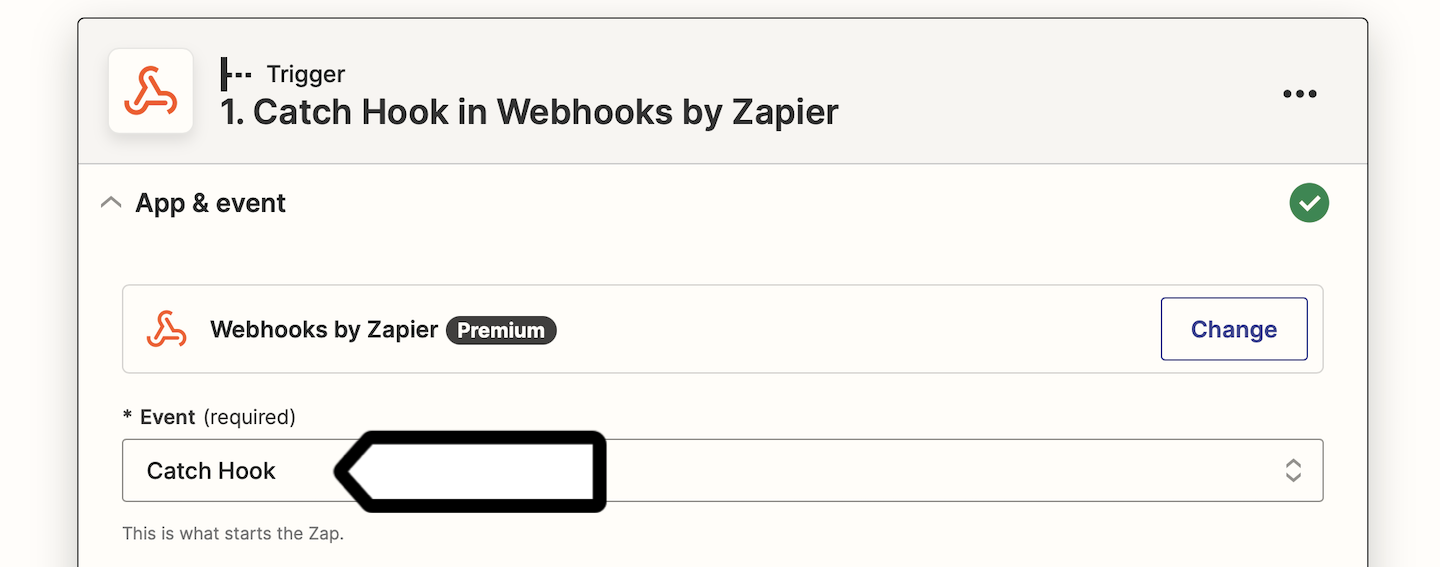
5. Click Continue.
6. (Optional) In Pick off a child key, enter the data to be grabbed from the child key. If you skip this step, you’ll get the full payload.
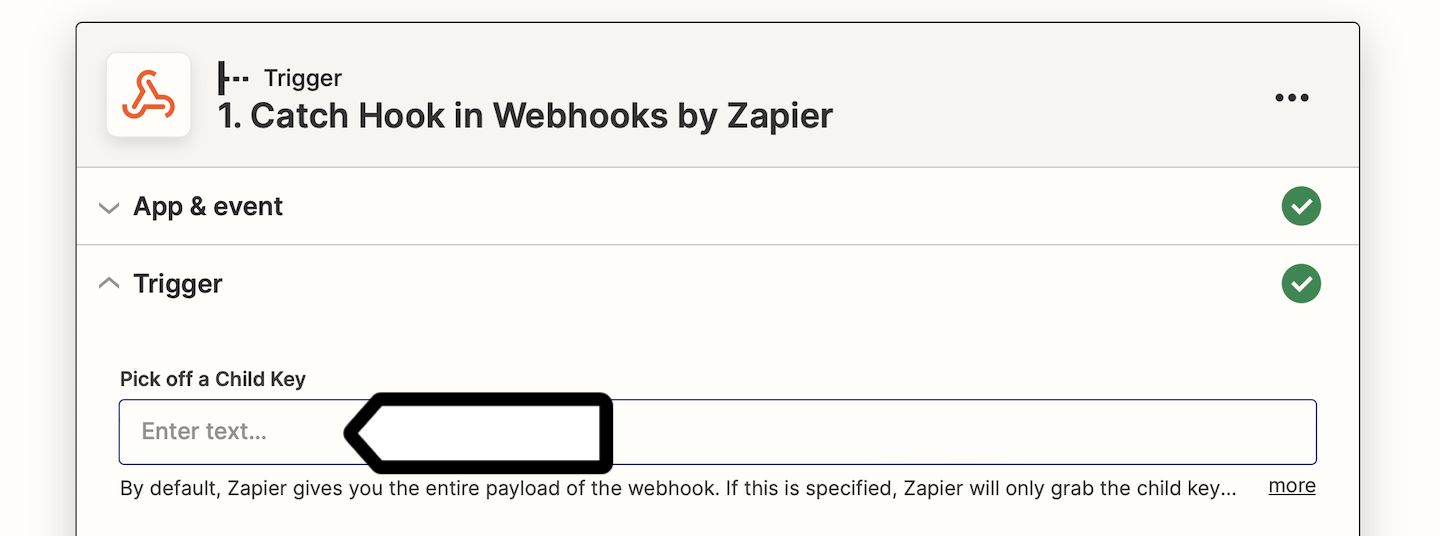
Note: By default, Zapier gives you the entire payload of the webhook. If this is specified, Zapier will only grab the child key from the object(s) sent to Zapier. For example, given {"contact": {"name": "Mike"}}, add “contact” here to only return {"name": "Mike"}. Traverse more deeply nested children by using dot-separated syntax. Line item payloads will run your Zap for each instance of the child key.
7. Copy the webhook URL. You’ll need it to set up the activation in Piwik PRO.

8. Log in to Piwik PRO.
9. Go to Menu > Customer Data Platform.
10. Navigate to Activations.
11. Click Add an activation.
12. Select Zapier.
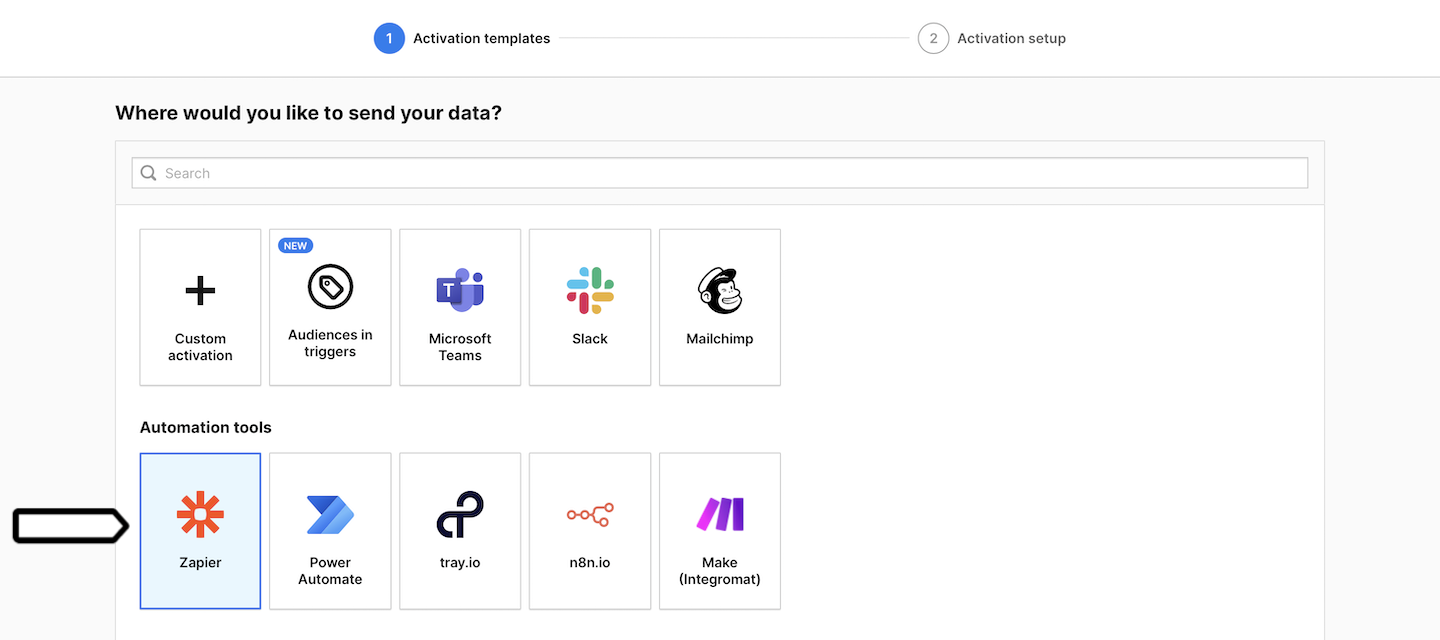
13. Name your activation and add a description.
14. Pick the audience you want to use in this activation. Example: Run the webhook when a user joins this audience: Apple users + no sign-up.

15. Enter the webhook URL from Zapier.

16. Select the data you want to send when a user joins the selected audience (the webhook is triggered). We’ve included a sample dataset.
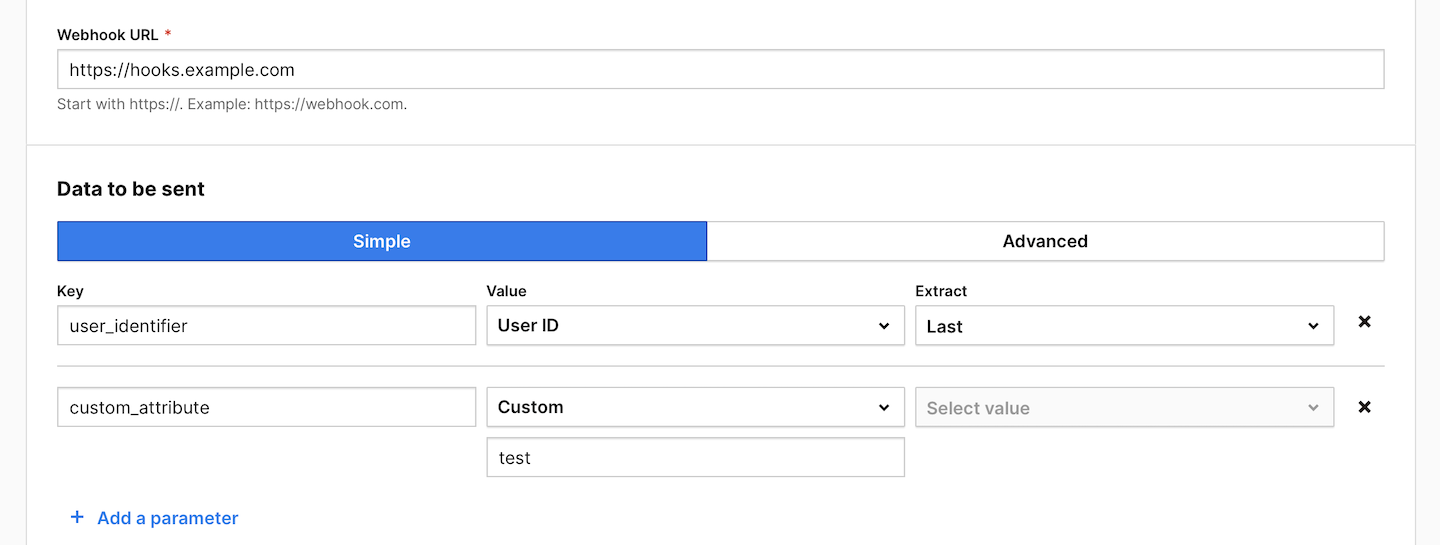
Note: To learn more about sending data to Zapier via webhooks, see their documentation.
17. Click Send test data to make sure the webhook works. If it works, you’ll see a green success message.
18. Choose whether you want to activate the user:
- Once: A user is activated only the first time they join this audience.
- Multiple times: A user is activated each time they join this audience.
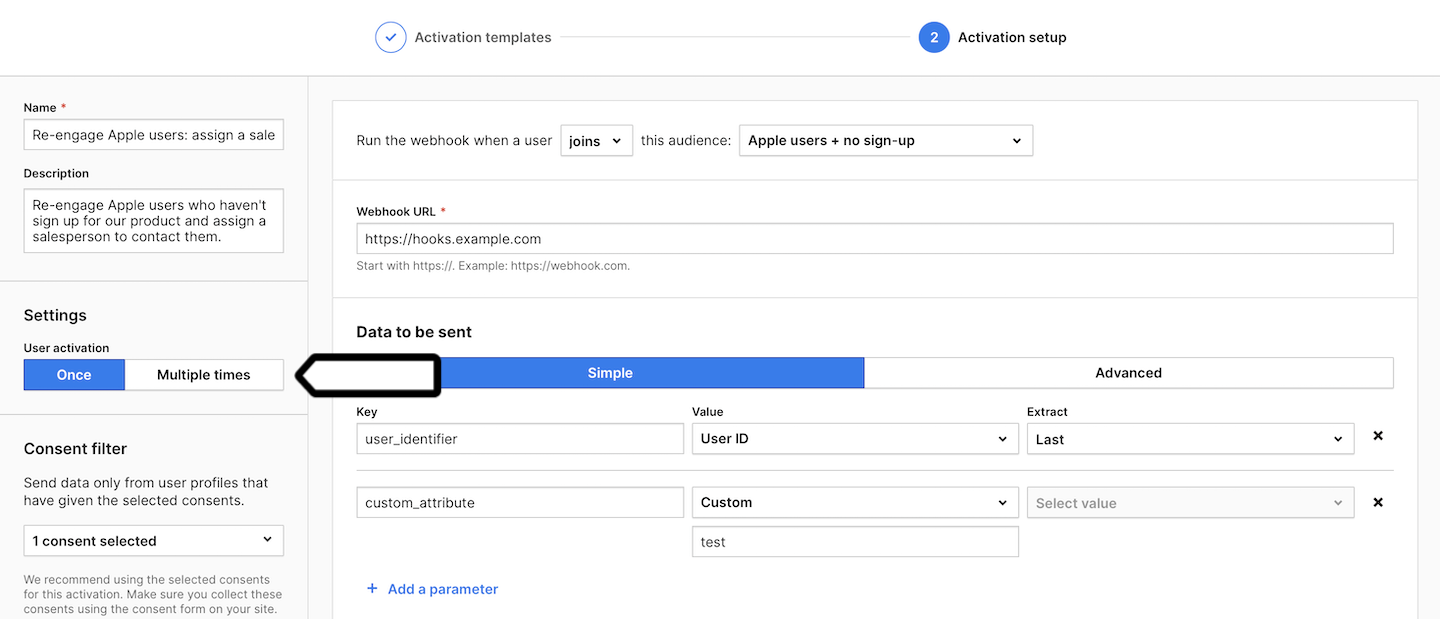
19. (Optional) Choose to activate users who have multiple user IDs.
20. In Consent filter, select the consents that should be given to use user profile data.

Note: Make sure you collect these consents using the consent form on your site. Read more
21. Click Create.
22. Go back to Zapier.
23. Click Test trigger.
24. You should see a request with the data sent from Piwik PRO.

25. Click Continue.
26. Select and set up the action you want to perform when data from Piwik PRO is sent.
27. All done! From now on, every time a user joins the selected audience, their data will be sent to Zapier and trigger the action in the selected tool. Of course, only if the user has given the necessary consent.
Watch more tutorials on YouTube:
